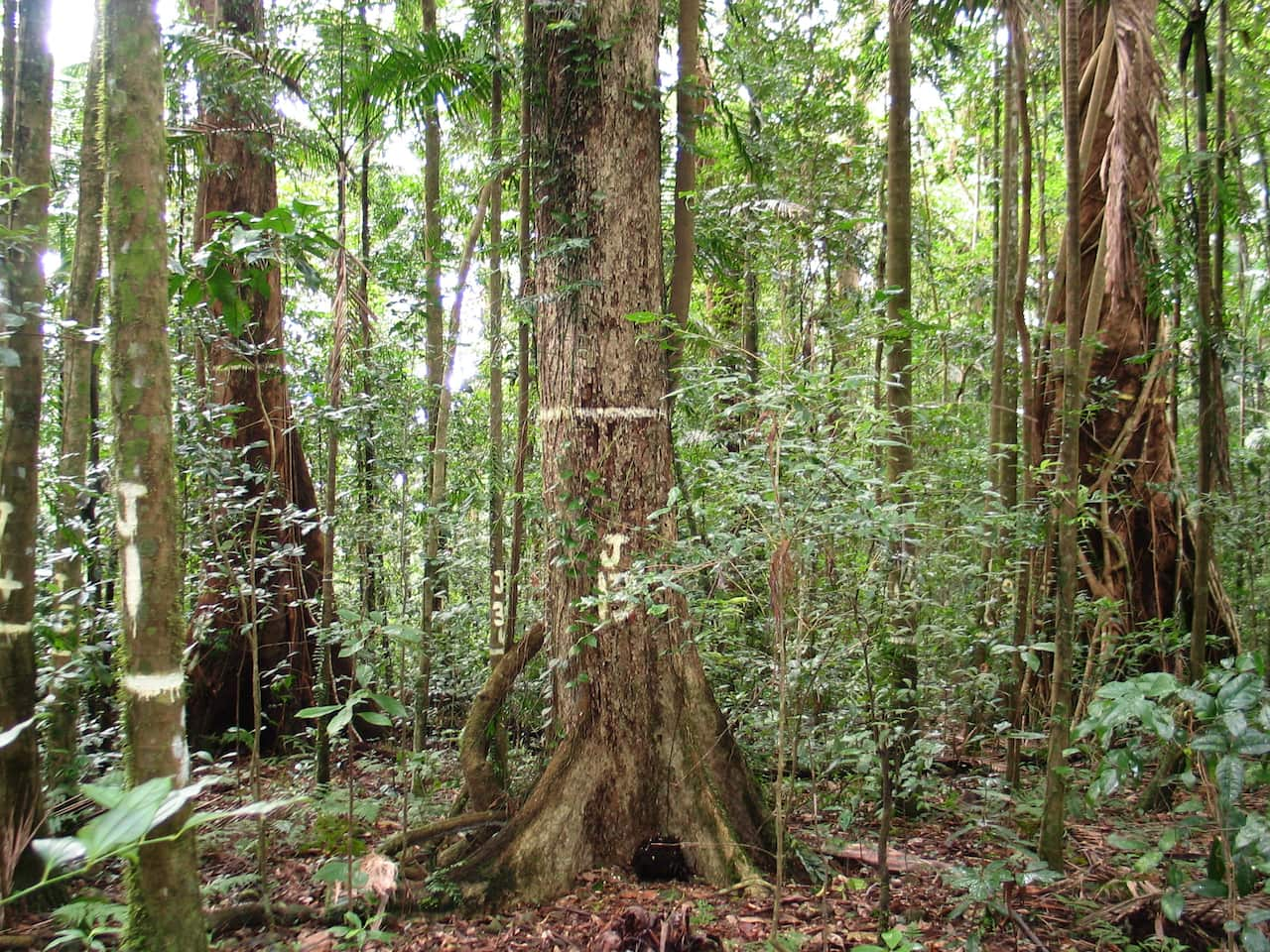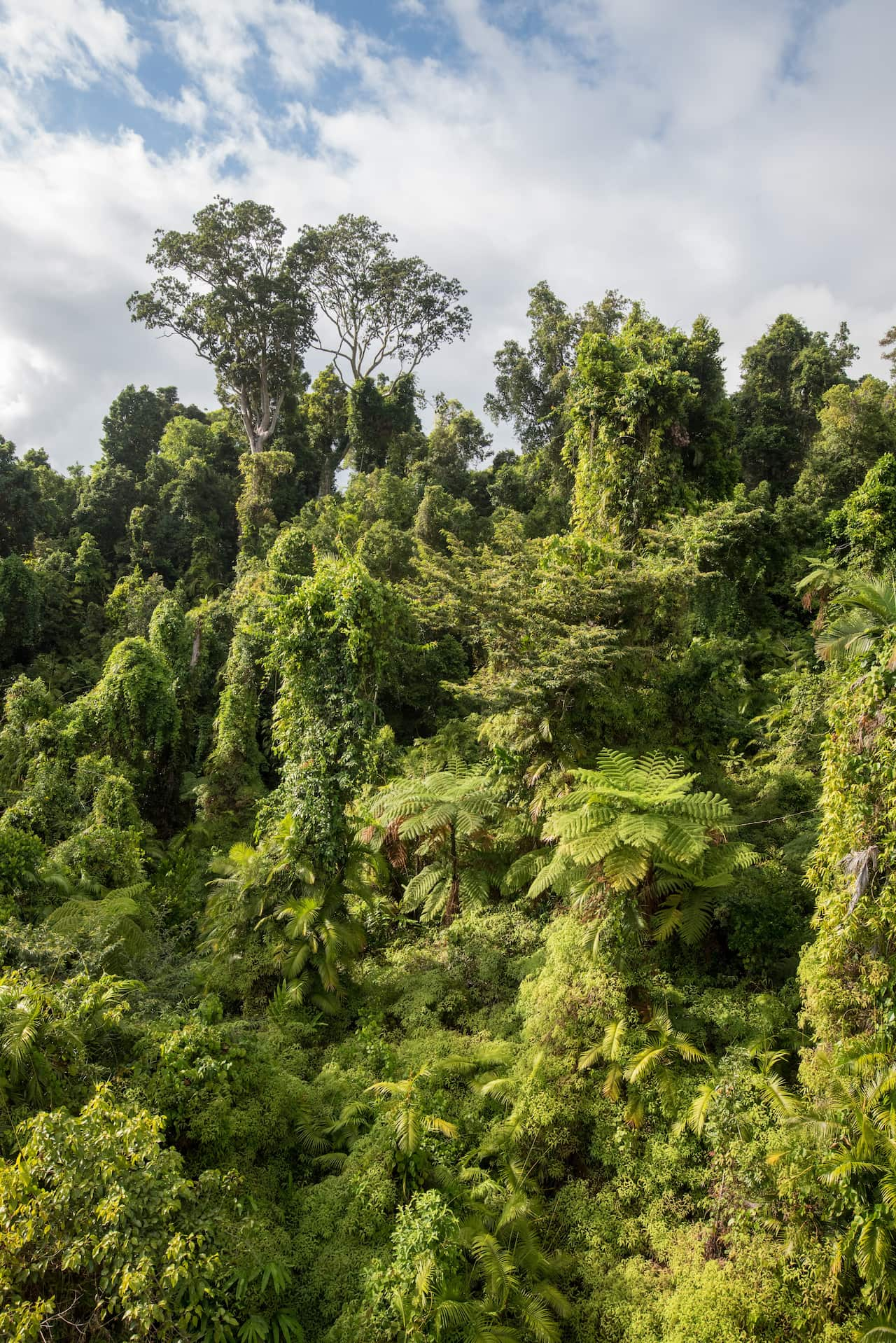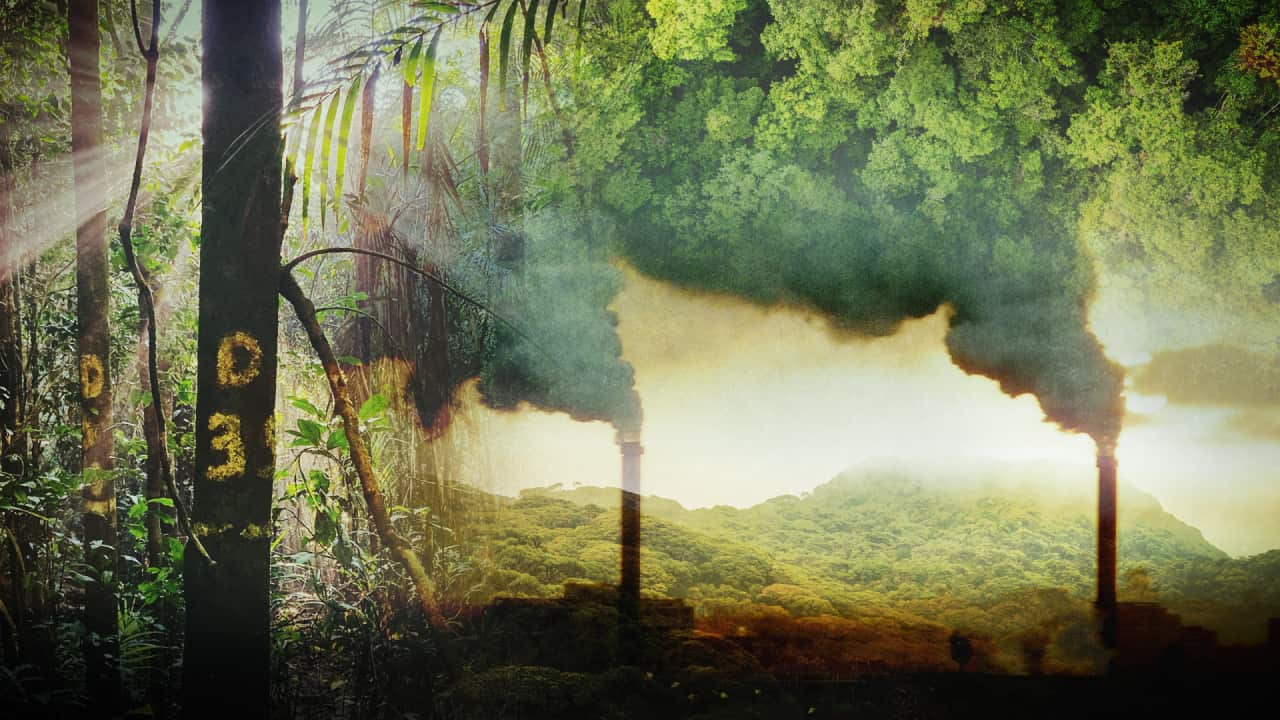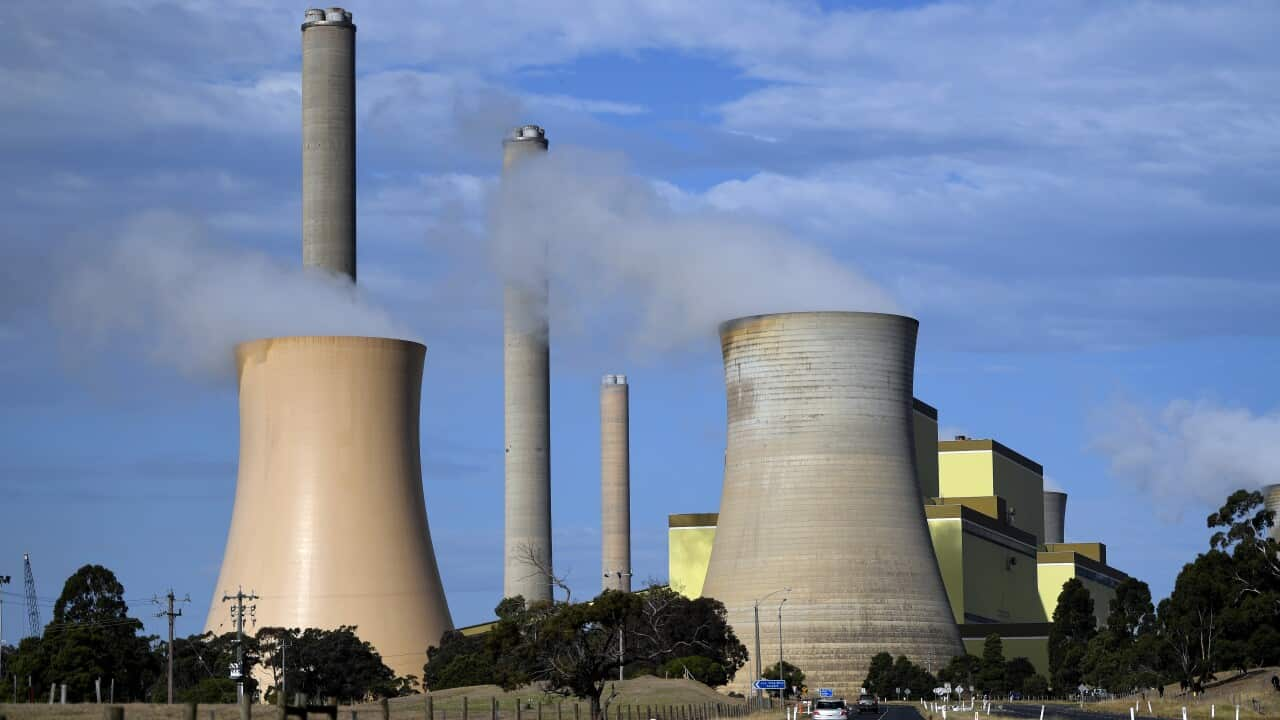Queensland's tropical rainforests have passed a critical climate threshold, shifting from "carbon sinks" to "carbon sources", a landmark study has found — a change an expert warns could undermine the nation's climate targets.
The research, based on the world's "longest and most comprehensive" forest monitoring data, reveals trees in Queensland's tropical rainforests are now releasing more carbon than they absorb, a reversal driven by the intensifying impacts of climate change.
Once hailed as "the lungs of the Earth" for their ability to store carbon, these forests are now contributing to atmospheric carbon levels, raising serious questions about how Australia calculates its greenhouse gas emissions.
The findings, released on Thursday, could threaten Australia's ability to meet its Paris Agreement commitments, including the goal of limiting global warming to 1.5C, according to professor emeritus David Karoly from the University of Melbourne's School of Geography, Earth and Atmospheric Sciences.
"The studies of what emissions reductions are needed to limit warming, the target of the Paris Agreement, could all be wrong," Karoly, who specialises in climate change and variability, told SBS News.

A view through the old-growth tropical rainforest where the individual trees were painted with identification numbers for study. Source: Supplied / State Forest
From carbon 'sink' to 'source'
Researchers from the Australian National University, the University of Adelaide, Western Sydney University (WSU), CSIRO, and James Cook University studied carbon data from 11,000 trees in north-east Queensland, collected over a span of 49 years — from 1971 to 2019.
In the early decades of the study, the forest behaved as expected: it acted as a carbon sink, absorbing more carbon than it emitted.
But around the year 2000, something changed. The forest started releasing more carbon than it could absorb.
Lead author Hannah Carle from WSU told SBS News tropical rainforests like this one are typically considered reliable "carbon sinks".

Lead author Hannah Carle from Western Sydney University studied the impacts of climate change on Australia's tropical forests along with a group of researchers from various other universities. Source: Supplied / Nic Vevers/ANU
To track this shift, the researchers examined the balance of carbon gains and losses in the forest's above-ground biomass — specifically the trunks and branches of trees.
What's behind the forest's shift?
Carle explained the forest's shift from a carbon "sink" to a carbon "source" was primarily driven by an increase in tree mortality over time.
She pointed to two major events that contributed to this trend: the severe El Niño-induced drought of 1998 and Cyclone Larry in 2006.
"We know that trees most often die after they've been exposed to a number of stressful things," she said.
"So, for example, a tree might be damaged in a cyclone, and that cyclone makes it more susceptible to pests or pathogens getting in. Those pathogens could weaken the tree until a drought comes along, and that could be what finally tips it over the edge."
Beyond these extreme events, the researchers found rising temperature extremes and declining water availability — both linked to global warming— were key drivers of the shift.
Similar concerns have been raised in earlier studies of the Amazon rainforest, which may also be approaching a tipping point. However, in the Amazon, deforestation through logging and land clearing has played a significant role.
In contrast, the forests studied in Queensland showed minimal human interference.
What does this mean for Australia's climate modelling?
The federal government has committed to a new climate target to cut emissions by 62 to 70 per cent by 2035, on 2005 levels.
Karoly said the findings suggest Australia's emissions reduction targets "could all be wrong".
"They are probably not sufficient to achieve the Paris Agreement target," he said.
"This is because many of the assumptions of the Paris Agreement were based on these natural balances or natural removal systems."
Karoly said it was long assumed that about 25 per cent of the carbon dioxide released into the atmosphere was absorbed by land vegetation. Tropical rainforests, often referred to as "the lungs of the Earth", play a vital role in that balance.
"They take up more carbon dioxide than any other land vegetation system," he said.
It is also possible that other nations with tropical forests could face the same problem.
"It's foreshadowing this could happen in other geographical regions like South America, India and Southeast Asia. This could be an early warning," Karoly said.
Echoing his viewpoint, Carle said: "We're seeing that anthropogenic climate change is impacting otherwise intact ecosystems, and that the climate impact there is hindering the capacity of these ecosystems to help us fight climate change."

Climate scientist David Karoly said the findings suggest Australia's emissions reduction targets "could all be wrong". Source: Supplied / Alexander Shenkin
"The first thing they should be doing is strengthening the targets for emissions reduction in Australia," he said.
Forests not to blame for 'pollution'
Karoly said it would, however, be a mistake to assume the carbon released by tropical forests is a form of "pollution".
"It's not pollution in the context of causing lung disease or asthma or other factors that come out of industrial smokestacks or the tailpipes of cars or trucks," he said.
"It's climate pollution in the sense that it accelerates global warming."
Carle stressed carbon emissions from forests are significantly smaller than those from burning fossil fuels.
Forests also play a vital role in storing carbon within soil and tree roots.
"These ecosystems can and should be helping us to mitigate climate change, but to ensure they can continue to do so, we need to reduce emissions because these trees are already being stressed by the conditions at hand."
Share




